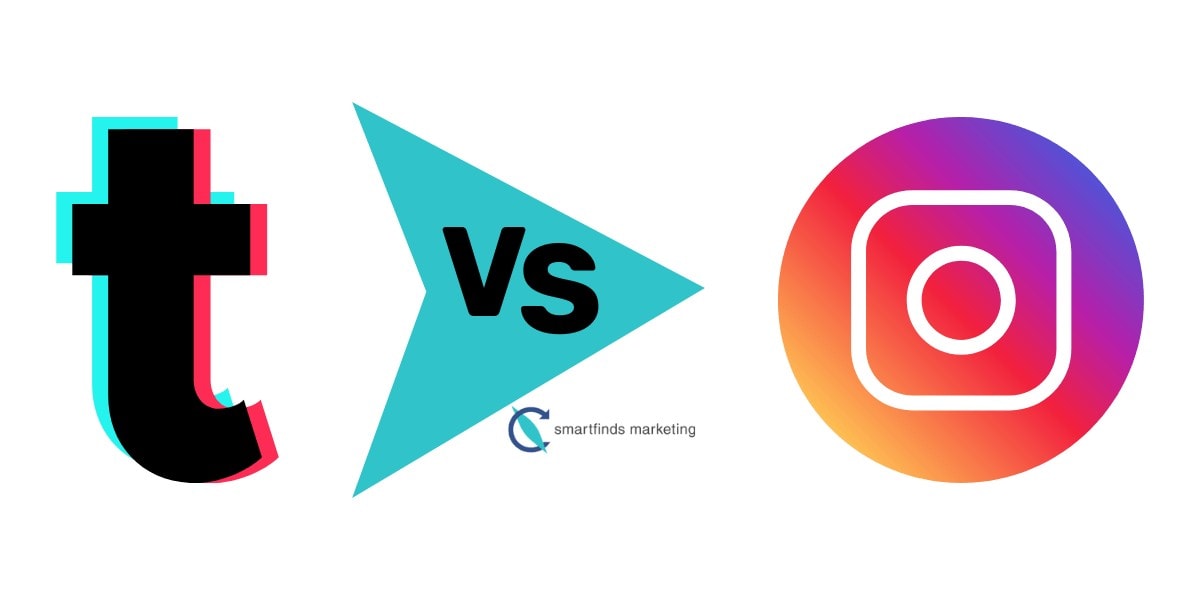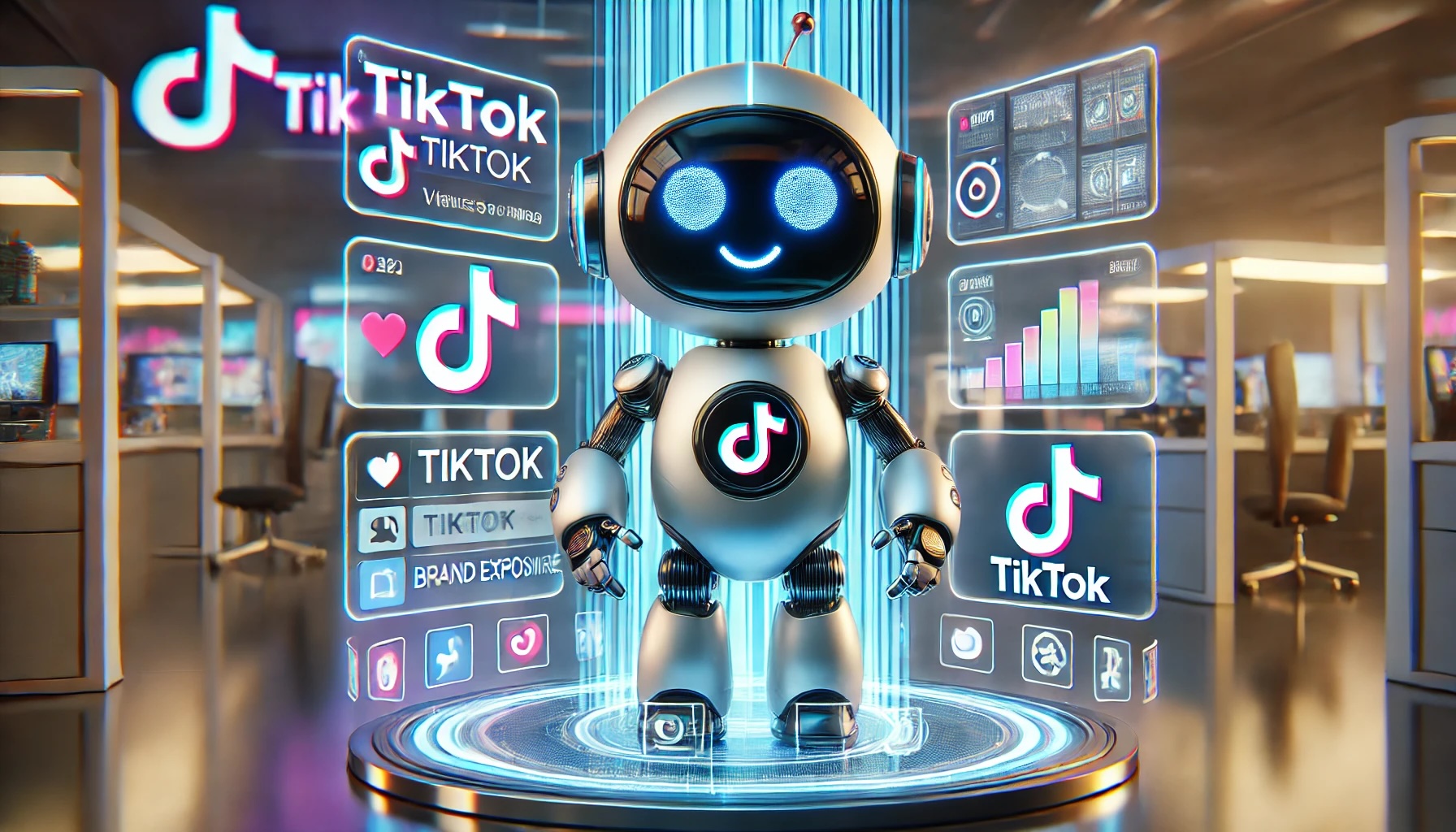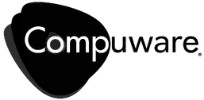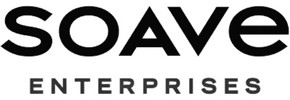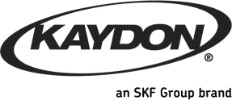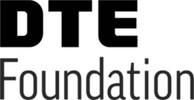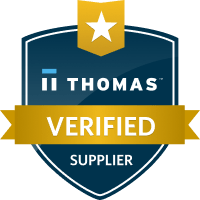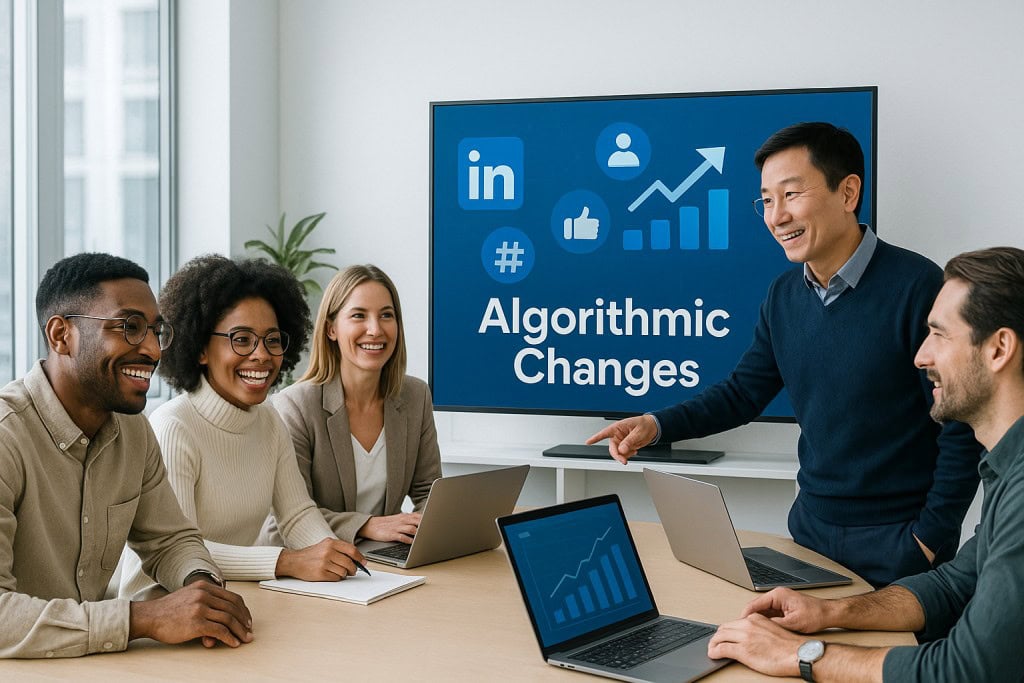
LinkedIn Algorithm Changes continue to reshape how B2B companies reach and engage their audiences. For marketing and sales teams that rely on the platform for brand visibility, lead generation, and thought leadership, understanding how these updates work—and how to adapt—is essential. The days of “post and hope” are over. Success now depends on strategy, authenticity, and timing guided by data and human insight.
LinkedIn has evolved far beyond a simple networking site. It has become a powerful content ecosystem where executives, brands, and buyers meet at the intersection of expertise and trust. But with every algorithm shift, the rules of visibility change. What once worked—posting frequently or relying on company page updates—no longer guarantees reach. Instead, the brands that thrive are those that understand the algorithm’s intent: rewarding meaningful, credible engagement over noise. This article explores how to align your strategy with that reality and turn LinkedIn Algorithm Changes into a predictable driver of B2B growth.
What’s Really Behind LinkedIn’s Algorithm Changes
LinkedIn’s algorithm is designed to reward meaningful engagement, not just activity. Over time, it has evolved from promoting broad visibility to prioritizing relevance, quality, and personal interaction. The platform’s goal is simple: show users content that deepens professional relationships and adds genuine value to their feed. Every adjustment to the algorithm reflects this mission—pushing marketers to focus less on volume and more on the conversations that matter most.
Behind these shifts is a larger philosophy: LinkedIn Algorithm Changes wants to cultivate trust. Posts that create genuine dialogue between professionals, share unique insights, and attract thoughtful responses are now prioritized. Clickbait headlines and automated engagement tactics no longer perform. Instead, the algorithm evaluates how your content influences time spent on the platform, quality of interactions, and network relevance. For B2B organizations, that means success lies not in chasing impressions but in creating value-driven conversations that strengthen brand credibility and relationships.
The Three Core Shifts That Define LinkedIn’s Algorithm
As LinkedIn continues to refine its feed and engagement model, the most recent algorithm changes have clarified what the platform values most. Rather than rewarding volume or virality, LinkedIn now prioritizes content that builds relationships, invites participation, and demonstrates real expertise. For marketers, this marks a major pivot from “posting frequently” to “posting purposefully.” The emphasis has moved away from quantity toward quality, where consistent, insightful contributions matter more than daily activity. Understanding these shifts helps brands focus on meaningful engagement that compounds over time instead of chasing one-off metrics like views or reactions.
This evolution also reflects a larger industry trend: professional platforms are becoming communities built around trust and relevance. LinkedIn’s algorithm now acts as a filter for value, deciding what content is worth a user’s time and which posts strengthen professional dialogue. For B2B marketers, this means that visibility is no longer earned through frequency alone, but through credibility, connection, and contribution. The result is a more intentional ecosystem where those who share real insights, data-backed opinions, or authentic experiences are rewarded with stronger reach and longer-lasting engagement.
Recent changes have emphasized three major shifts:
- Relevance over reach: The algorithm now prioritizes posts that spark authentic discussion among smaller, relevant audiences rather than viral, low-value reach.
- People over pages: Content from individuals, especially executives and employees, often outperforms posts from company pages.
- Conversation quality: Comments and saves carry more weight than likes or shares, as they signal deeper engagement.
These updates make it clear that B2B marketing success on LinkedIn depends on authenticity and interaction, not volume. Instead of relying solely on paid promotion or automated scheduling, brands need to empower their teams to participate in meaningful conversations. SmartFinds Marketing has seen firsthand that consistent executive participation—combined with genuine engagement and storytelling—can deliver two to three times higher performance than company-only activity. For deeper guidance, explore our insights on executive thought leadership strategies that strengthen personal brand visibility and audience trust. The message is clear: on LinkedIn, people drive the algorithm, and relationships drive results.
How These Algorithm Changes Affect B2B Marketing
LinkedIn’s evolving algorithm forces a mindset shift from broadcasting to relationship building. The platform now rewards content that sustains conversation and trust across the buyer journey. For B2B organizations, this translates to:
- Elevating subject matter experts and executives as visible, credible voices within your industry.
- Encouraging employees to share, comment, and personalize corporate content to expand organic reach.
- Reducing dependency on outbound link posts that redirect users off-platform—LinkedIn deprioritizes them in feeds.
- Using native content formats like carousels, documents, and video clips to keep engagement high.
These algorithm updates align closely with how modern buyers make decisions: through trust, peer validation, and thought leadership. That’s why at SmartFinds, we coach clients to build brand visibility around people, not just profiles.
Content That Performs in the New LinkedIn Environment
The biggest winners under LinkedIn’s current algorithm are those who combine relevance, authenticity, and consistency. The platform’s content preference signals have become clearer:
- Native posts: Articles, carousels, and on-platform videos outperform link drops to blogs or YouTube.
- Engagement-first strategy: Comments in the first 90 minutes are the strongest signal for content distribution.
- Quality over quantity: Two to three strong posts per week outperform daily generic activity.
- Visual storytelling: Posts that integrate visuals, stats, or branded infographics are shared 40% more often.
The key takeaway is to treat LinkedIn as a relationship platform rather than a publishing platform. When you post with the goal of sparking a conversation instead of collecting reactions, the algorithm amplifies your visibility—and your credibility grows naturally.
AI’s Role in Navigating LinkedIn Algorithm Changes
Artificial intelligence is now quietly shaping how top-performing teams adapt to algorithm shifts. AI tools help identify engagement windows, craft audience-relevant messaging, and analyze how algorithmic signals evolve over time. At SmartFinds, we’ve integrated AI into every step of our social optimization process, blending technology with the human storytelling that LinkedIn still values most.
AI’s role in LinkedIn optimization includes:
- Predictive analytics: Determining when your specific audience is most active to maximize post visibility.
- Sentiment analysis: Evaluating tone and topic resonance across your audience segments to improve relevance.
- Performance modeling: Identifying which content formats (videos, carousels, polls) deliver sustained engagement.
- Workflow automation: Streamlining repetitive publishing tasks so teams can focus on engagement.
However, AI should enhance—not replace—authenticity. LinkedIn’s system is increasingly adept at detecting synthetic or repetitive patterns that look machine-generated. The future belongs to teams who use AI as a co-pilot, not an autopilot.
Building an Executive-Led Strategy
Company pages alone can’t carry your brand’s reach anymore. The algorithm prioritizes authentic voices over corporate tones. That’s why SmartFinds emphasizes executive-led engagement as a cornerstone of B2B visibility.
Executives are more than figureheads—they are the brand’s credibility engine. When leadership shares insights, engages with employees, or participates in comment threads, the algorithm perceives that as high-value activity. Encouraging executive participation can increase company-wide content impressions by as much as 300%.
A successful executive-led strategy includes:
- Empowering leaders with personal content plans tied to the company’s strategic goals.
- Training them to write conversationally, respond thoughtfully, and tag others meaningfully.
- Aligning leadership messaging with broader marketing campaigns and PR efforts.
When executives post about real experiences—wins, challenges, or lessons learned—the algorithm recognizes the human authenticity that drives engagement and trust.
Adapting Content and Cadence to the Algorithm
Consistency still matters, but the algorithm no longer rewards volume. In fact, overposting can harm performance by spreading engagement too thin. The ideal cadence for most B2B teams is two to three high-quality posts per week per key executive or page. These should be strategically mixed across formats and tones:
- Monday/Tuesday: Thought leadership or insights post.
- Midweek: Carousel or video recap of a case study or event.
- Friday: Engagement-driven post (poll, open question, or reflection).
What matters most is rhythm—teaching the algorithm that your brand shows up reliably with quality. That consistency increases trust with both LinkedIn and your audience.
Measurement and Optimization in the New Algorithm Era
Traditional vanity metrics—likes, impressions, and follower counts—tell only part of the story. Modern B2B marketers must measure conversational depth and conversion influence. SmartFinds recommends tracking:
- Engagement depth: Ratio of comments to reactions.
- Audience relevance: Percentage of interactions from target industry decision-makers.
- Traffic attribution: LinkedIn-driven sessions in analytics tools (paired with UTM tracking).
- Pipeline influence: Leads or deals connected to LinkedIn interactions tracked in CRM systems.
When used with AI-assisted dashboards, these metrics create a closed feedback loop: post, measure, learn, and refine. Over time, LinkedIn becomes not just a social channel but a measurable business driver.
SmartFinds Playbook: How to Succeed with LinkedIn Algorithm Changes
After analyzing thousands of posts and campaigns, SmartFinds Marketing has distilled a practical playbook for thriving in the current algorithm environment:
- Lead with insights, not promotions. Posts that educate or challenge assumptions consistently outperform sales content.
- Use visuals strategically. Custom images, carousels, and branded charts make complex ideas easier to grasp.
- Comment proactively. Replying to every comment within the first hour amplifies post visibility and builds community.
- Activate your team. A small group of engaged employees commenting early can double organic reach.
- Blend AI with intuition. Let data guide timing and topics, but keep your tone human and conversational.
- Measure what matters. Track comment ratios and CRM-linked leads, not just likes.
- Stay adaptive. LinkedIn tweaks its algorithm constantly—so the winning strategy is one that learns continuously.
Following this framework transforms LinkedIn from a posting platform into a brand acceleration engine. By aligning content, leadership, and analytics, B2B marketers can create consistent momentum even as algorithms evolve.
SmartFinds Perspective: From Algorithm Awareness to Strategic Advantage
LinkedIn will keep evolving, and that’s a good thing. Every update pushes brands to become more authentic, data-driven, and human in their approach. At SmartFinds Marketing, we help B2B organizations translate algorithm awareness into business advantage—using a blend of AI tools, CRO insights, and human storytelling that builds meaningful digital relationships.
Success on LinkedIn isn’t about chasing trends; it’s about anticipating shifts and staying adaptable. That’s what SmartFinds has done for nearly four decades—guiding clients to anticipate change, accept it, adapt fast, and adopt new practices that lead the market. If your team wants to turn LinkedIn from a content channel into a conversion engine, let’s start that conversation.
Connect with Melih Oztalay on LinkedIn to discuss how SmartFinds can help elevate your B2B social strategy for the AI-driven era.
Schedule a Discovery Call Now
Author: Melih Oztalay

